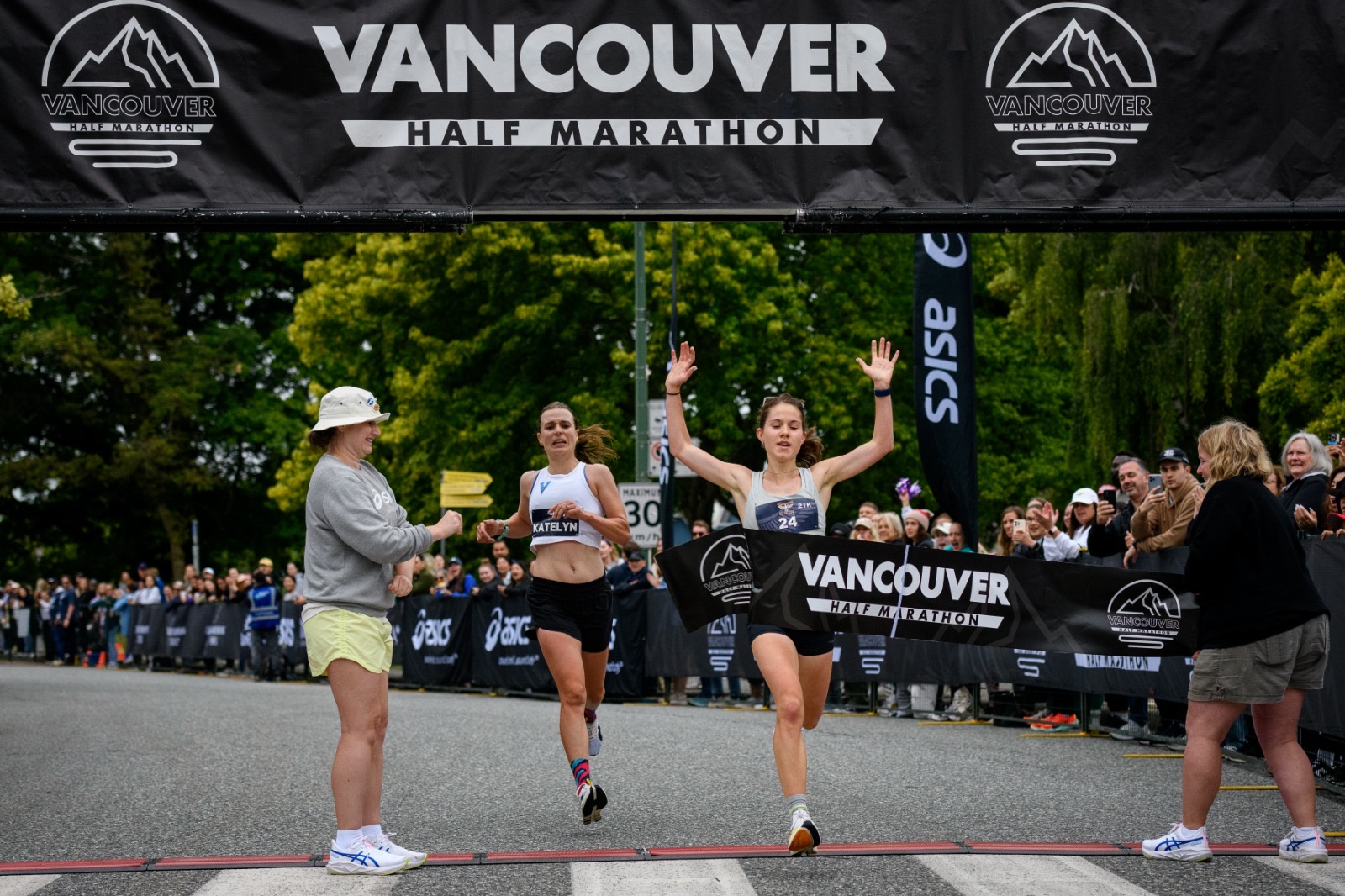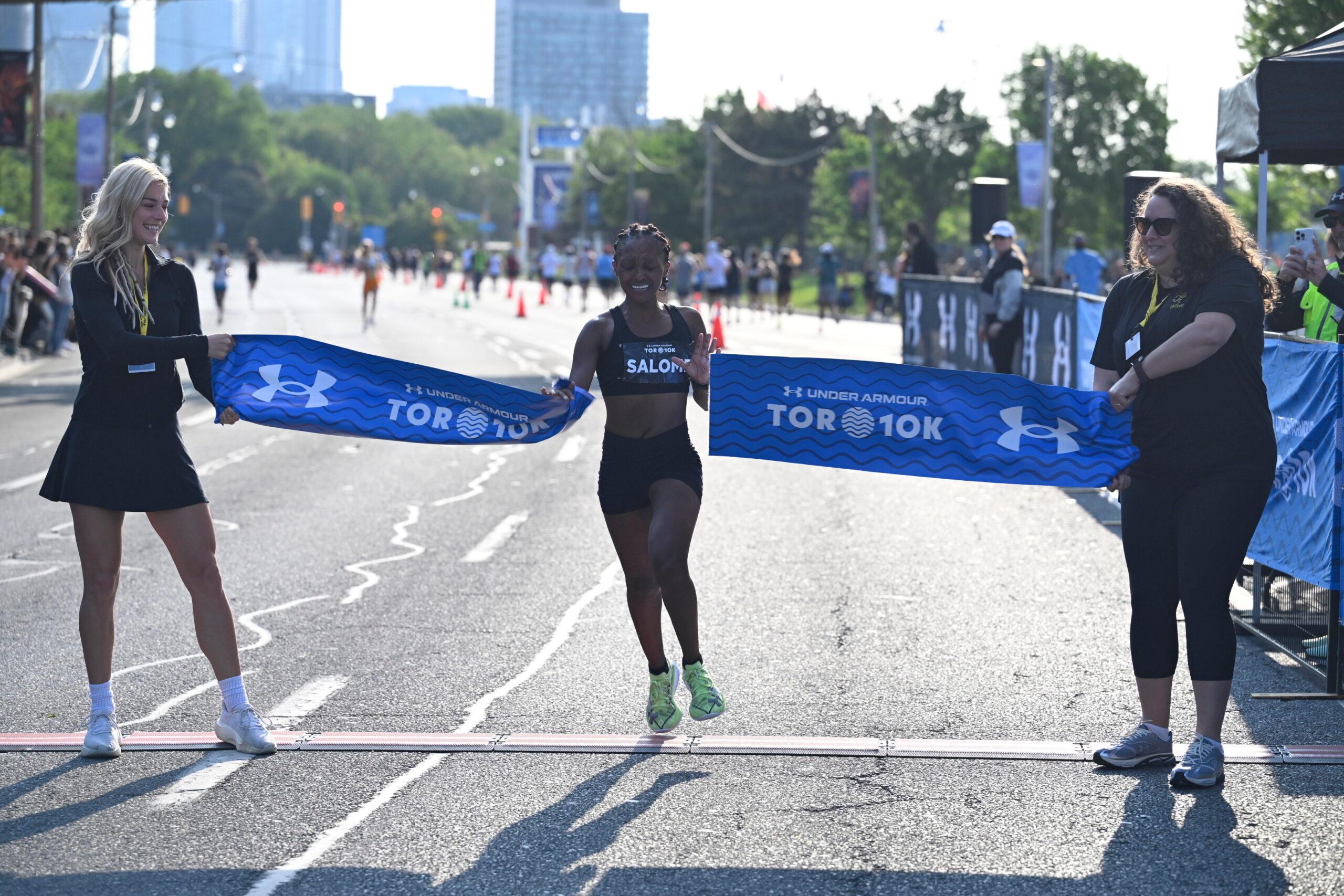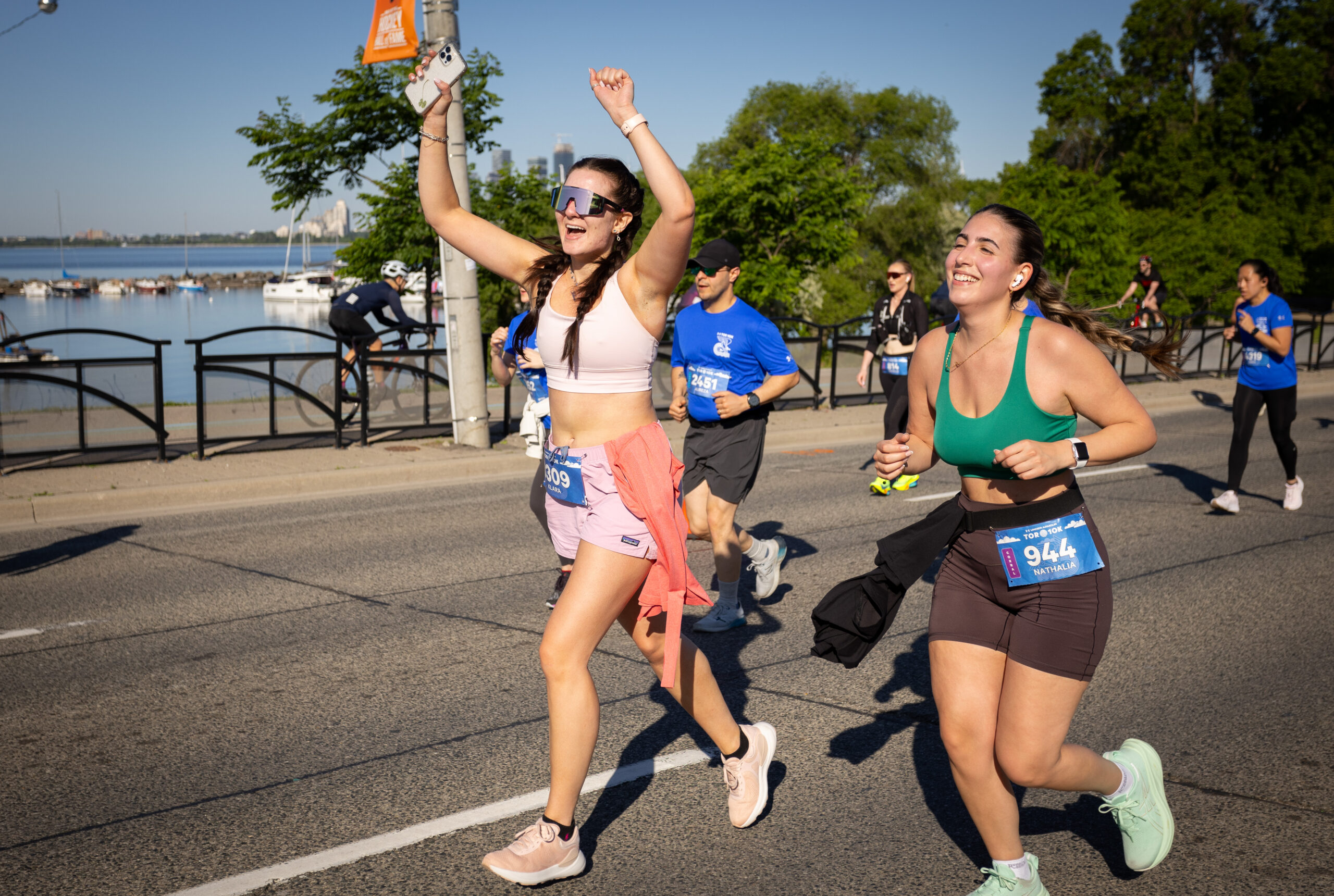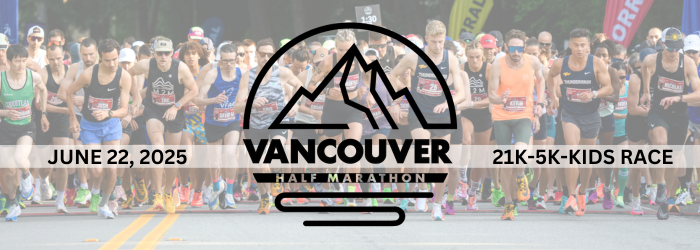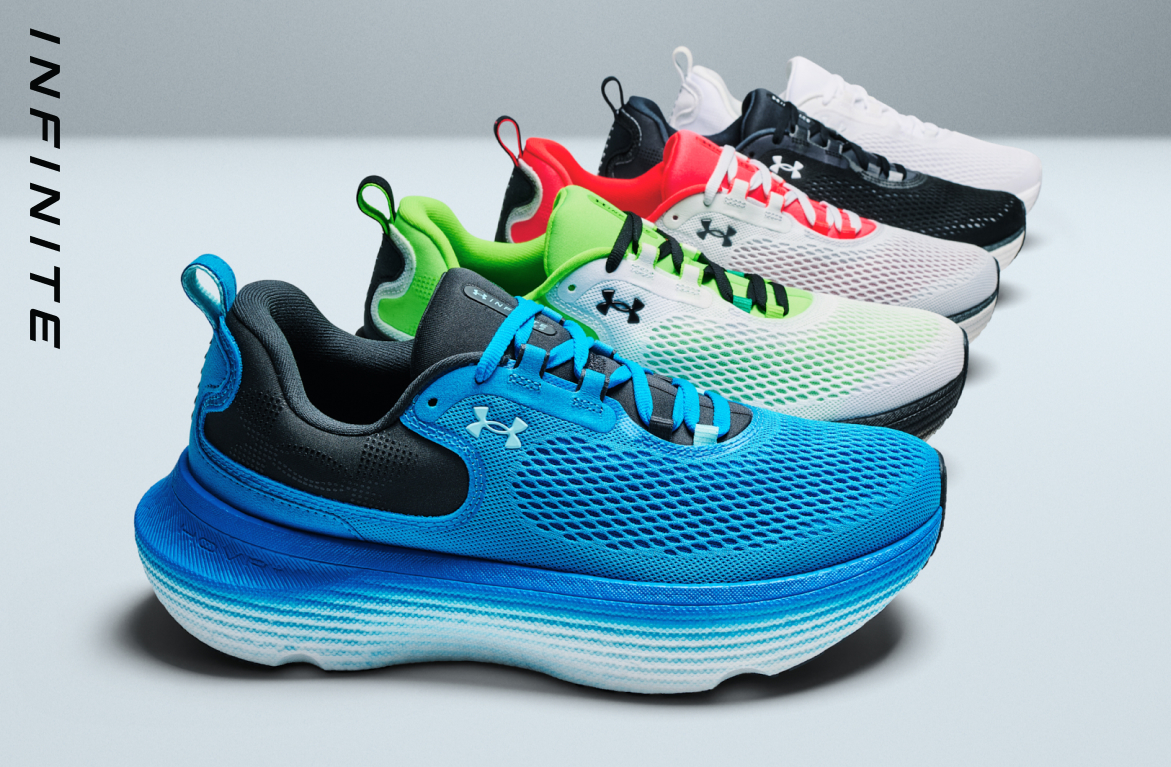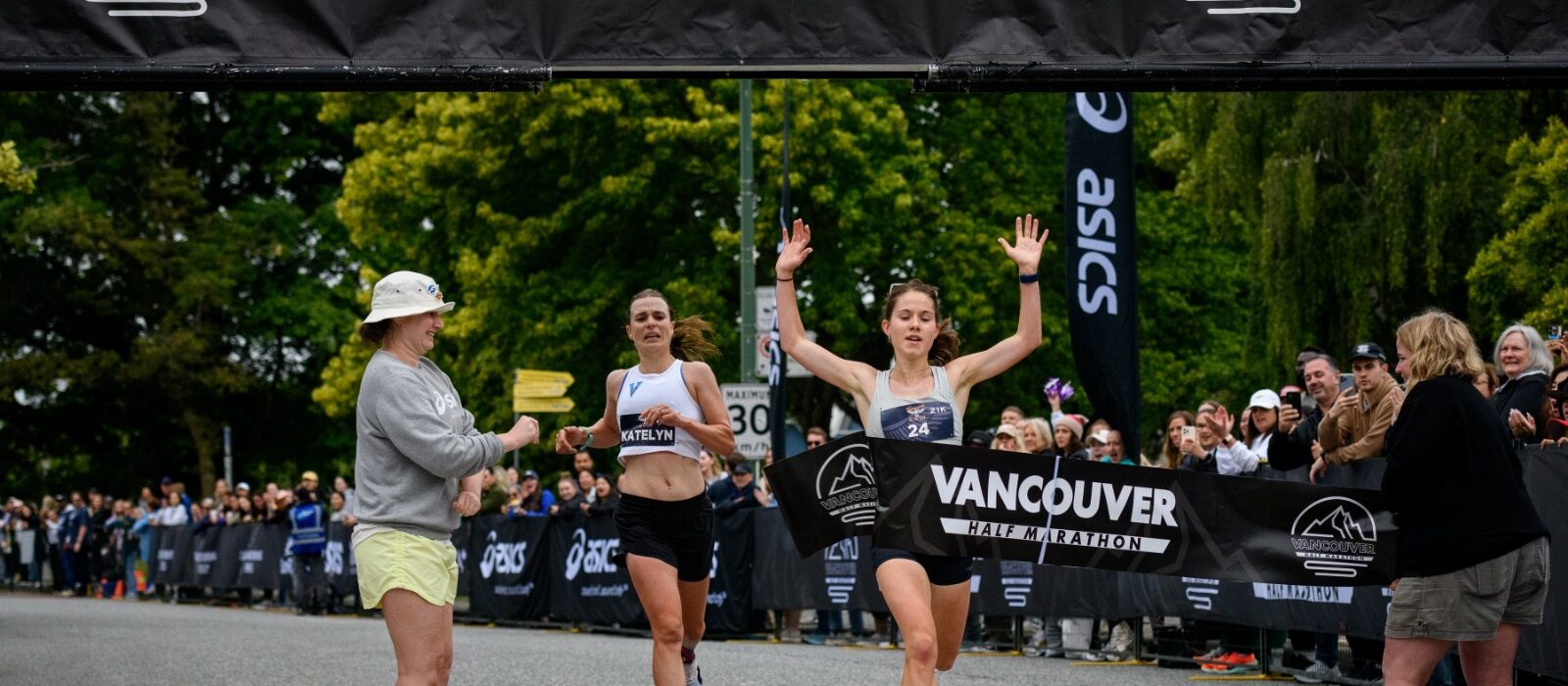Calmness comes with Quiet – B.K.S Iyengar
This is one of my favorite quotes. I find a calmness and quiet in both Running and Yoga. They require you to drop into your body, breath, and connect to the present moment. This creates incredible inner discipline, strength and ease.
Running and Yoga are like a healthy relationship. They compliment each other beautifully. Running, as freeing as it can feel it can be demanding on the body, nervous system and joints from repetitive action. With Running and in Life we make goals and projects to constantly improve on. Yoga helps you to become aware of your body, mind and breath, which can awaken you to the possibility of change. Yoga you are practicing taking a step back even leaning back, breathe into the back body and accept the moment you are in. These teachings can bring great balance to training and everyday life.
What I love about Yoga is you are always practicing. You may practice the physical practice for a certain time but the yoga practice is 24hours. The teachings are everywhere. You can weave the teachings into your running training. Being present in your training is a great technique. This can help to avoid injury so you accept where you are in your training and practice being patient to achieve your goals. Being present and patient also means listening to your body. You will learn that if you are feeling tired or something is sore to adjust your schedule and rest. That is probably the hardest one for runners and being goal orientated.
Both in Yoga, Running and life you are always refining and changing, it is a continuous practice. Patience and presence you practice in yoga can help you to achieve future goals.
To offer harmony and balance I have partnered with Shelley Tomczyk and created a weekend retreat:
MEDITATION IN MOTION – BOWEN ISLAND YOGA RETREAT
Wake up to morning meditation practice by the ocean followed by yoga practice and a guided run to Killarney Lake. Relax in peaceful eco friendly Zen cottages in the forest and enjoy holistic organic vegetarian meals, snacks, juices, and smoothies prepared by Nutritionist and private chef Kate Horsman. Learn running drills to improve form and technique coupled with asana practice with focus on restorative and therapeutics. Swim, unwind, find stillness, and retreat for the goodness of the soul.
OCTOBER 21-23- 2016
To register – www.runningintoyoga.ca



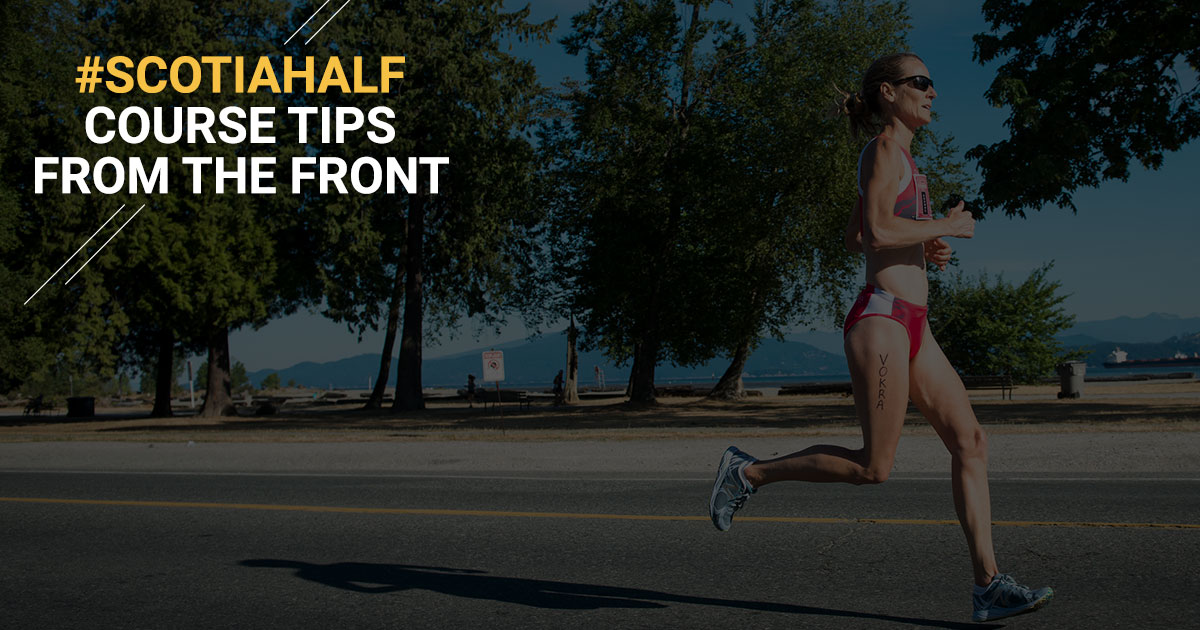
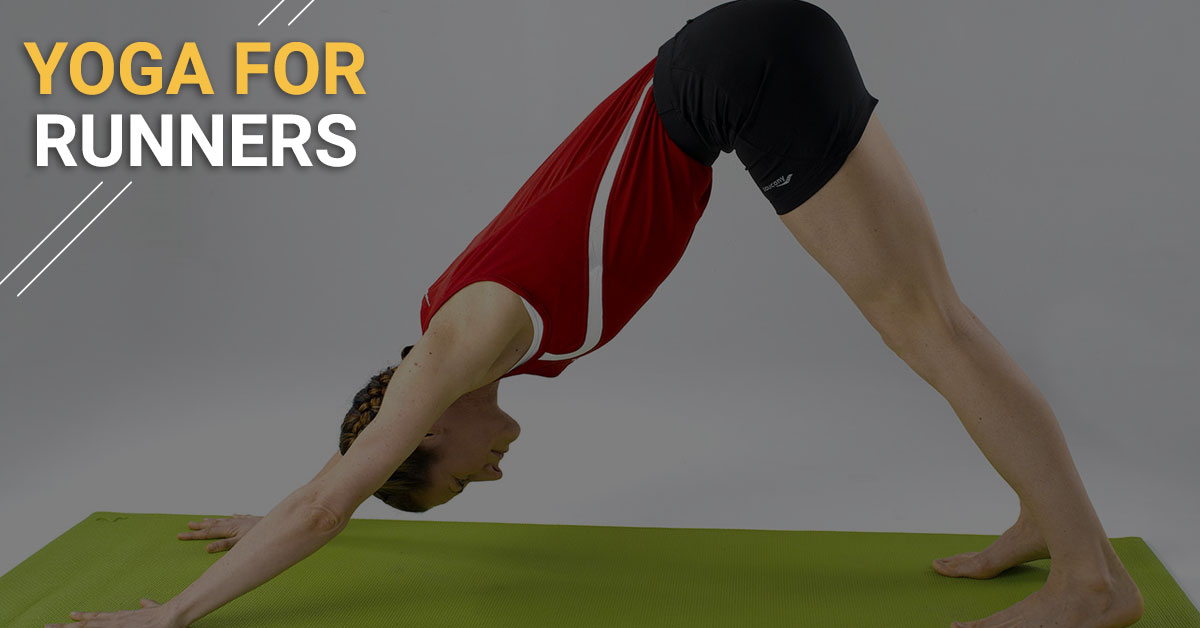
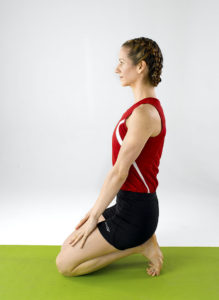
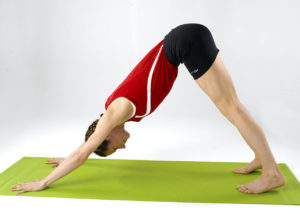
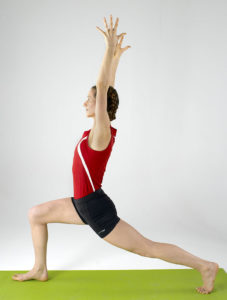
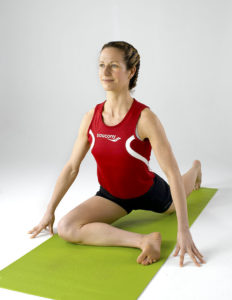
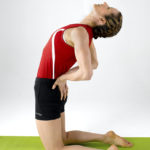
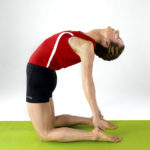






 In the first week I struggled to sit, my body was sore and uncomfortable. My mind would wander in every direction. I did not look forward to the morning meditation and chanting at all. By the second week it was getting easier to slow down the thoughts, let go and relax in the present moment with my breath. The third week I could sit still for one hour without adjusting and I felt very relaxed. There were still days in the third week that were challenging; the struggle was there but if I relaxed and focused on my body, breath and my surroundings, everything was at ease.
In the first week I struggled to sit, my body was sore and uncomfortable. My mind would wander in every direction. I did not look forward to the morning meditation and chanting at all. By the second week it was getting easier to slow down the thoughts, let go and relax in the present moment with my breath. The third week I could sit still for one hour without adjusting and I felt very relaxed. There were still days in the third week that were challenging; the struggle was there but if I relaxed and focused on my body, breath and my surroundings, everything was at ease.












